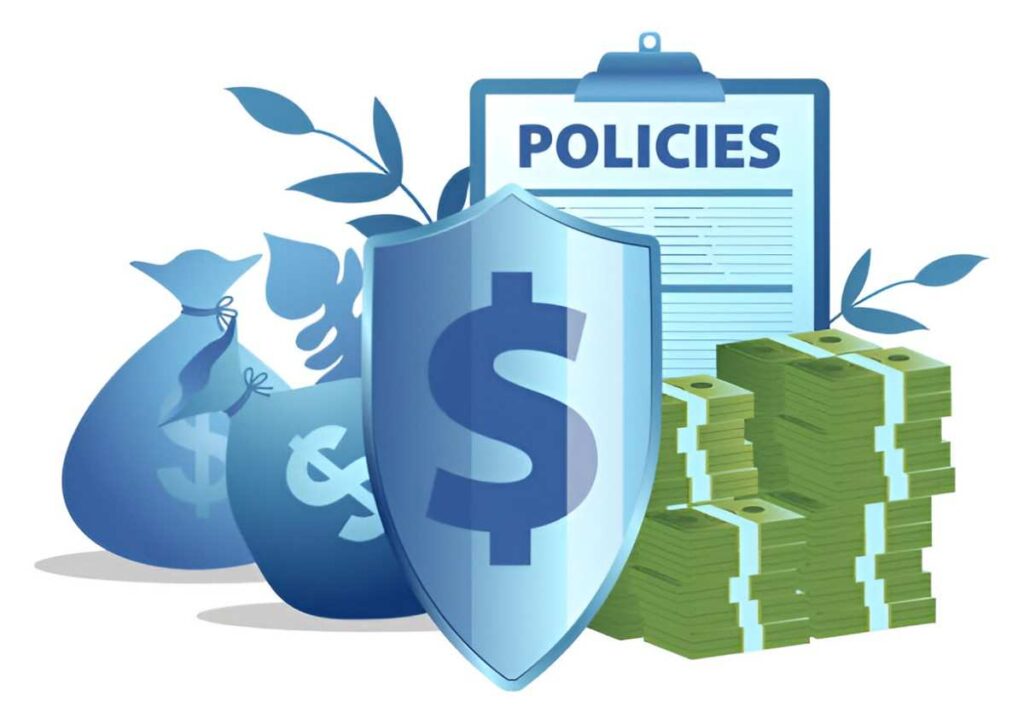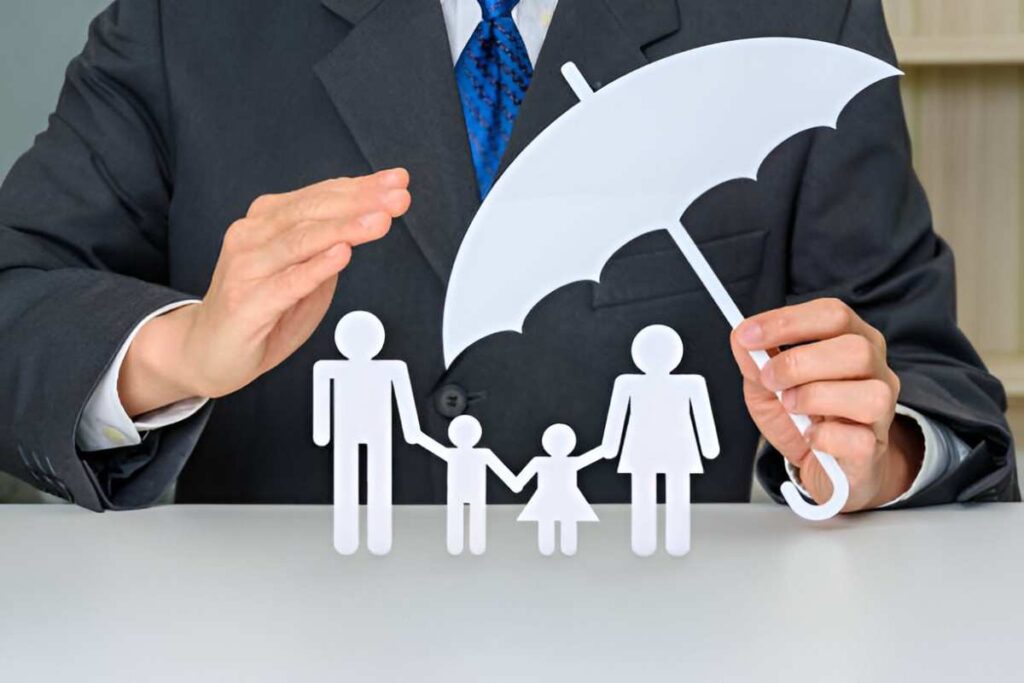As someone who has spent years navigating the complexities of insurance, I understand how overwhelming it can be to choose the right coverage. Personal accident and sickness insurance often gets overshadowed by health or life insurance, yet it plays a crucial role in financial security. In this guide, I break down everything you need to know—how it works, why it matters, and how to make informed decisions.
Table of Contents
What Is Personal Accident and Sickness Insurance?
Personal accident and sickness insurance provides financial protection if you suffer an injury or illness that prevents you from working. Unlike health insurance, which covers medical expenses, this insurance replaces lost income or pays lump-sum benefits. It acts as a safety net when you cannot earn due to unforeseen circumstances.
Key Features
- Accident Coverage: Pays benefits for injuries from accidents (e.g., fractures, burns).
- Sickness Coverage: Provides payouts for illnesses (e.g., cancer, severe infections).
- Lump-Sum or Periodic Payments: Depending on the policy, benefits may be a one-time payment or monthly installments.
- No Employment Requirement: Unlike workers’ compensation, it covers off-the-job incidents.
How It Differs from Other Insurance Types
Many people confuse this insurance with disability or health insurance. Here’s how they differ:
| Feature | Personal Accident & Sickness | Health Insurance | Disability Insurance |
|---|---|---|---|
| Coverage Trigger | Injury or illness | Medical treatment | Long-term disability |
| Payout Type | Lump-sum or periodic | Medical bill coverage | Monthly income replacement |
| Employment Link | No | No | Sometimes (SSDI) |
| Waiting Period | Short (days to weeks) | Immediate | Long (months) |
Why You Might Need It
Gaps in Employer Benefits
Many employers offer short-term disability, but coverage often lasts only a few months. Personal accident and sickness insurance fills this gap, especially for freelancers or gig workers who lack employer-sponsored plans.
High-Risk Occupations
If your job involves physical labor (construction, delivery driving), the risk of injury is higher. Standard health insurance won’t replace lost wages if you’re unable to work.
Financial Safety Net
Without this coverage, a sudden injury could force you to dip into savings or rely on credit. For example, if you break a leg and miss six weeks of work, a policy paying \$2,000 per month could prevent financial strain.
How Benefits Are Calculated
Payouts depend on policy terms. Some use a fixed amount, while others calculate based on income. Here’s an example:
Scenario: You earn \$4,000 monthly and suffer a back injury, leaving you unable to work for three months. Your policy covers 60% of income.
\text{Monthly Benefit} = \$4,000 \times 0.60 = \$2,400 \text{Total Payout} = \$2,400 \times 3 = \$7,200Without this coverage, you’d lose \$12,000 in earnings.
Common Exclusions
Not all situations are covered. Typical exclusions include:
- Pre-existing conditions (unless specified).
- Self-inflicted injuries.
- Injuries from illegal activities.
- War or hazardous sports (unless added as a rider).
Always read the fine print. Some policies exclude high-risk hobbies like skydiving unless you pay extra.
Cost Factors
Premiums vary based on:
- Age: Older individuals pay more due to higher risk.
- Occupation: A construction worker pays more than an office worker.
- Coverage Amount: Higher benefits mean higher premiums.
- Health History: Pre-existing conditions may increase costs.
Sample Premium Comparison
| Age | Occupation | Monthly Benefit | Monthly Premium |
|---|---|---|---|
| 30 | Office Worker | \$2,000 | \$25 |
| 45 | Construction Worker | \$2,000 | \$50 |
Tax Implications
In the U.S., benefits are usually tax-free if you paid premiums with after-tax dollars. If your employer covers the cost, benefits may be taxable. Consult a tax advisor for specifics.
How to Choose the Right Policy
Assess Your Needs
- Estimate living expenses to determine coverage needs.
- Consider existing policies (e.g., disability insurance) to avoid overlap.
Compare Providers
Look at:
- Claim approval rates.
- Customer reviews.
- Financial strength ratings (e.g., A.M. Best).
Understand Waiting Periods
Some policies impose a waiting period (e.g., 14 days) before payouts begin. Ensure it aligns with your emergency fund.
Real-World Example
Sarah, a freelance graphic designer, fractured her wrist in a bike accident. Without employer benefits, she relied on personal accident insurance, which paid \$1,500 monthly for two months. This covered her rent and utilities while she recovered.
Final Thoughts
Personal accident and sickness insurance isn’t just another policy—it’s a financial lifeline. Whether you’re self-employed or work a high-risk job, the right coverage ensures an injury or illness doesn’t derail your finances. Take the time to compare options, understand terms, and choose a plan that fits your life.





